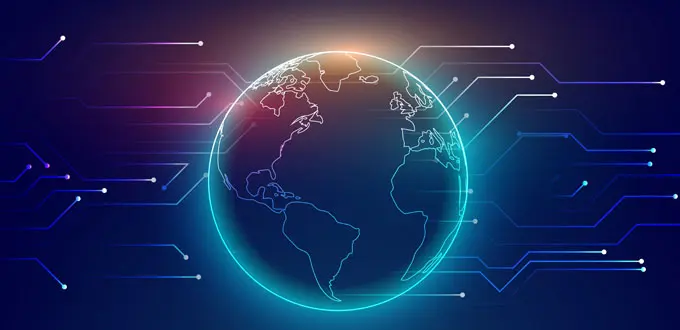Low-Cost Internet Connectivity for Remote Locations
31/08/2021

Instituto Atlântico of Brazil was selected as one of the winners of the FRIDA Grants Program with their proposal to develop a low-cost device to create Internet interconnection infrastructure for people living in remote and disconnected areas of Latin America, such as the northwest of Brazil.
Mesh Connect, as the project is titled, seeks to bring the Internet and connectivity to remote areas of Brazil using a device with low installation and maintenance costs and which can be used to provide a basic network service. The prototype is also intended to be used in the event of natural disasters which affect existing Internet services, said Lucélia Saraiva, project manager at Instituto Atlântico.
What can you tell us about your proposal to develop low-cost devices for the construction of Internet interconnection infrastructure?
The solution is based on the creation of a mesh network where each device cooperates with others within the reach of a network that uses a physical medium based on wireless LoRa and WiFi (802.11) technology. By creating this mesh, packets can be routed through the Internet Protocol (IP), thus allowing the infrastructure to be connected to the Internet and guaranteeing the interconnection of various networks.
End users can access the network — and potentially the Internet — through WiFi hotspots that ensure interoperability with the users’ own devices. The project will try to produce a prototype of this open-source, low-cost mobile device that will allow users in remote areas to access basic Internet services such as instant messaging applications.
The prototype can also be used in the event of a natural disaster that compromises the primary infrastructure.
What are the goal and the scope of your project?
(Free access, no subscription required)
The goal of the project is to build a device with low installation and maintenance costs, and which can be used by public or private actors to provide a basic network service to people in remote locations.
Which areas would you be able to reach with this technology?
We will be able to reach areas where the population is underserved, not necessarily because they are far from urban centers, but because they lack the resources needed to connect to the Internet.